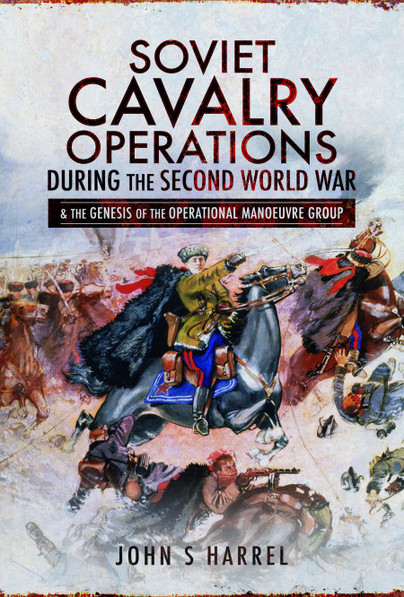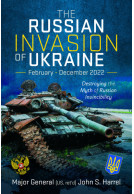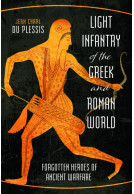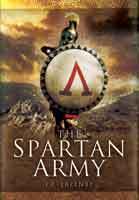The Nisibis War (Hardback)
The Defence of the Roman East AD 337-363
Imprint: Pen & Sword Military
Pages: 288
Illustrations: 20 black and white illustrations
ISBN: 9781473848306
Published: 10th February 2016
(click here for international delivery rates)
Order within the next 51 minutes to get your order processed the next working day!
Need a currency converter? Check XE.com for live rates
| Other formats available | Price |
|---|---|
| The Nisibis War Paperback Add to Basket | £19.99 |
| The Nisibis War ePub (22.1 MB) Add to Basket | £6.99 |
The war of 337-363 (which the author dubs the Nisibis War), was an exception to the traditional Roman reliance on a strategic offensive to bring about a decisive battle. Instead, the Emperor Constantius II adopted a defensive strategy and conducted a mobile defence based upon small frontier (limitanei) forces defending fortified cities, supported by limited counteroffensives by the Field Army of the East. These methods successfully checked Persian assaults for 24 years. However, when Julian became emperor his access to greater resources tempted him to abandon mobile defence in favour of a major invasion aimed at regime change in Persia. Although he reached the Persian capital, Ctesiphon, he failed to take it, was decisively defeated in battle and killed. The Romans subsequently resumed and refined the mobile defence, allowing the Eastern provinces to survive the fall of the Western Empire. John Harrel applies his personal experience of military command to a strategic, operational, tactical and logistical analysis of these campaigns and battles, highlighting their long-term significance.
Much of what Harrel examines in this book will remain relevant for years to come.
Ancient Warfare, June/July 2018 – reviewed by Greg Fisher
The Nisibis War Harris offers us some excellent strategic analysis, helping explain the many military problems confronting the late empire, and evaluating the abilities of the respective armies and leaders, particularly the over-rated Julian, altogether providing us with a good account of a very confusing conflict, in an area still in contention.
Strategy Page, A. A. Nofi
Read the complete review here.
This is a good account of a very confusing conflict, in an area still in contention.
New York Military Affairs
This is an interesting account of an important late Roman conflict, the last major clash between the Persians and the theoretically united Roman Empire, before the fall of the Western Empire. It demonstrates that even this close to the beginning of the end in the West, the Empire had a powerful army and under capable leaders was perfectly able to defend itself against attacks on multiple fronts.
History of War
Read the full review here.
Harrel's book looks at a particular campaign which occurred towards the end of the Empire, as it was beginning to slide into decline. A fascianting account of a thirty-five year conflict that saw Julian killed. This is a scholarly work that adds much to the literature of the late Empire.
Books Monthly, May 2016 - Paul Norman
About John S Harrel
John S Harrels military career spanned forty years. He enlisted as an officer cadet in the US Marine Corps in 1971. Upon graduating from California State University Northridge he was commissioned as a second lieutenant in the USMC. In 1980, he transferred into the California Army National Guard (a component of the US Army) as a captain, ultimately rising to the rank of Major General and retiring as Commanding General of the California Army National Guard. He is also a lawyer and retired as California Deputy Attorney General after 28 years of service.
While the development of tanks had largely led to the replacement of cavalry in most armies by 1939, the Soviets retained a strong mounted arm. In the terrain and conditions of the Eastern Front they were able to play an important role denied them elsewhere. John Harrel shows how the Soviets developed a doctrine of deep penetration, using cavalry formations to strike into the Axis rear, disrupting logistics and lines of communication, encircling and isolating units. Interestingly he shows that this doctrine did not stem from the native cavalry tradition of the steppe but from the example of the…
By John S HarrelClick here to buy both titles for £50.00




















